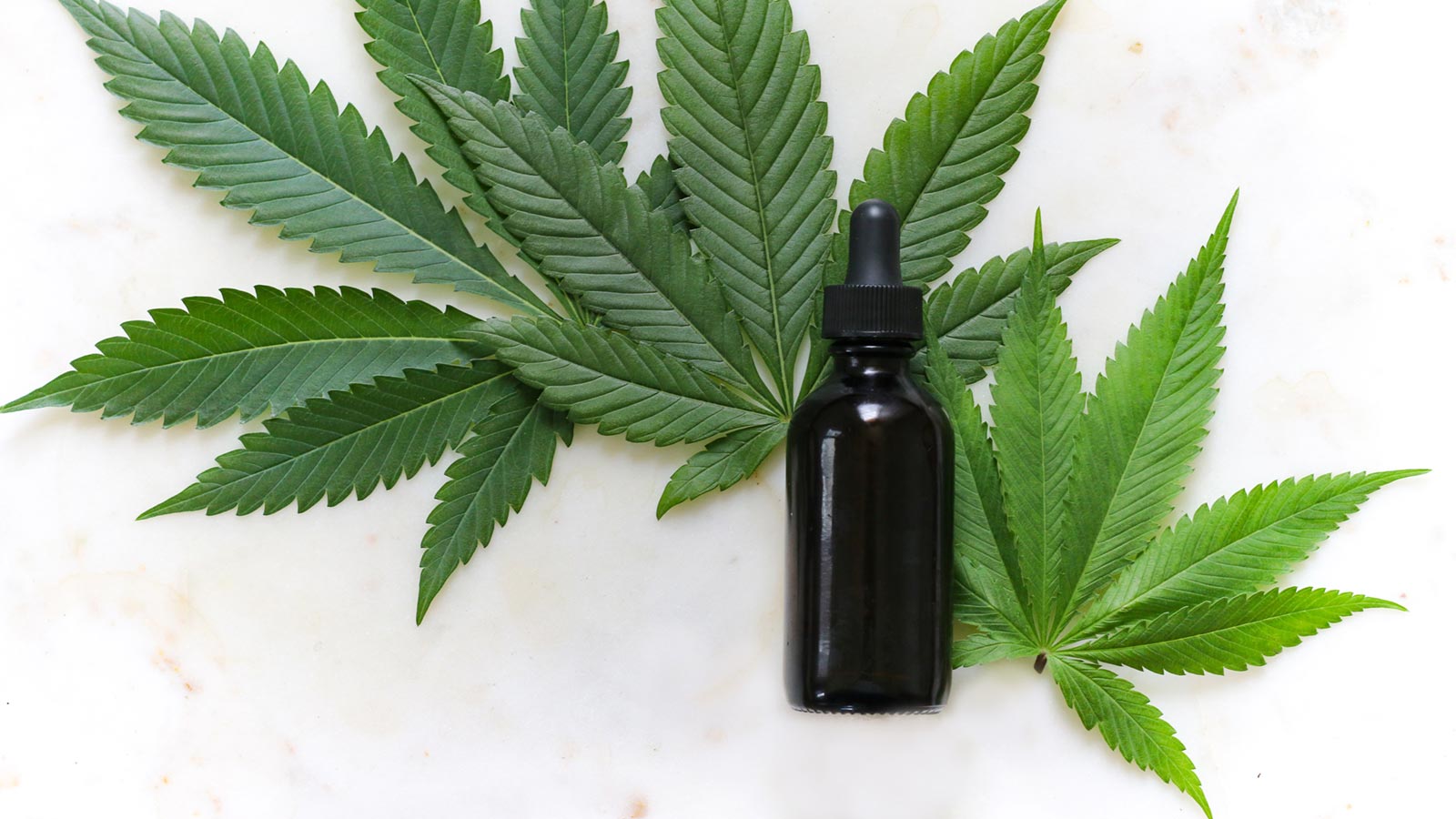
September 1, 2019
Medical Marijuana Consumption Methods in Pennsylvania
In an industry where new products appear on the market daily, choosing the medical marijuana consumption method to suit your needs can be overwhelming. After selecting a strain for its desired effects, the next step is to consider which delivery method might work best for you.
In Pennsylvania, medical marijuana patients can choose from three basic methods of consumption: inhalation (through vaporization), oral, and topical.
Inhalation
Vaporization
Vaporizers are growing in popularity among medical marijuana patients and health-conscious consumers. By using lower temperatures to heat marijuana, rather than burning it, vaporizers minimize exposure to the toxins associated with smoking. Additional research is needed to understand the health risks of vaporizing when compared to smoking.[1] However, consumers in one study reported less respiratory symptoms with vaping.
Vaporizers come in an array of makes and models but generally have cartridges that take marijuana oil or dry leaf. Oils and other concentrates are relatively new developments that provide relief using less product. However, they may have higher tetrahydrocannabinol (THC) levels than dry leaf, so it’s a good idea to start small and work your way up to the desired effect.
Vaporization offers a level of discretion by producing less of an odor than smoking. The lower temperatures may also preserve the taste and produce stronger effects. When inhaling marijuana into the lungs, effects usually take place within minutes.
Oral
Oils
One simple way to get relief is by ingesting marijuana-infused products. In this process, cannabinoids are absorbed through the stomach and intestines. Because they undergo a chemical transformation during digestion, the effects caused by these products are often much stronger than any other consumption method.
Oils are concentrates that can be eaten, dispensed through a syringe and ingested, or taken in capsule-form. When orally ingesting any kind of marijuana product, it’s always a good idea to start with a low dose, be patient, and work your way up from there. It can take up to 2 hours to feel the effects, but they last anywhere from 4 to 6 hours—and sometimes longer!
Tinctures
There are also sublingual methods of delivery that completely bypass the digestive system. Tinctures are marijuana-infused liquids that are usually placed directly under the tongue using a dropper or spray, although they may also be ingested. When products are administered sublingually, or under the tongue, cannabinoids are quickly absorbed into the bloodstream via the large number of blood vessels in that area.
Dispensaries carry tinctures in a variety of dosages and cannabinoid profiles to suit your preferences and medical needs. Tinctures are an inconspicuous option that are odorless, offer better dosage control, and generally take effect within 15 to 60 minutes.
Topical
Topical products like lotions, balms, and salves can be applied to the skin for localized relief. Topicals are designed to treat pain, soreness, and inflammation, but they may also provide relief from things like skin conditions to itching. Topicals are non-intoxicating, which can make them great alternatives to products that are meant to be inhaled or ingested.
Because the cannabinoids in topicals don’t reach the bloodstream, they don’t produce the “high” feeling commonly associated with marijuana. Instead, cannabinoids like cannabidiol (CBD), cannabinol (CBN), and THC are absorbed into the skin, where they bind to a system of receptors located in and around the human body.
Onset time for topicals can range anywhere from a few minutes to a few hours, so be sure to read the label for details.
Patches
Transdermal patches are unique in that their properties penetrate through the skin to enter the bloodstream. They offer low-profile relief when applied to venous areas like the arm, wrist, or ankle.
Patches come in a variety of cannabinoid profiles, including split ratios such as 1:1 CBN:THC—which has a sedative effect that may offer relief from insomnia. Patients can also opt for a simple, isolated cannabinoid like CBD to alleviate arthritic pain or inflammation, for instance.
Although onset of effects is generally up to two hours, advances in slow-release technology can make patches a great option for relief that lasts all day or all night.
At Calypso, we understand the world of medical marijuana can be an intimidating place, especially to new patients. But it doesn’t have to be. We hope this guide to Pennsylvania-approved consumption methods helps prepare you for your next dispensary visit so you can rediscover wellness.
[1] While smoking was traditionally the most common method of consumption, smoking medical marijuana is considered illegal under Pennsylvania’s Medical Marijuana Act.


